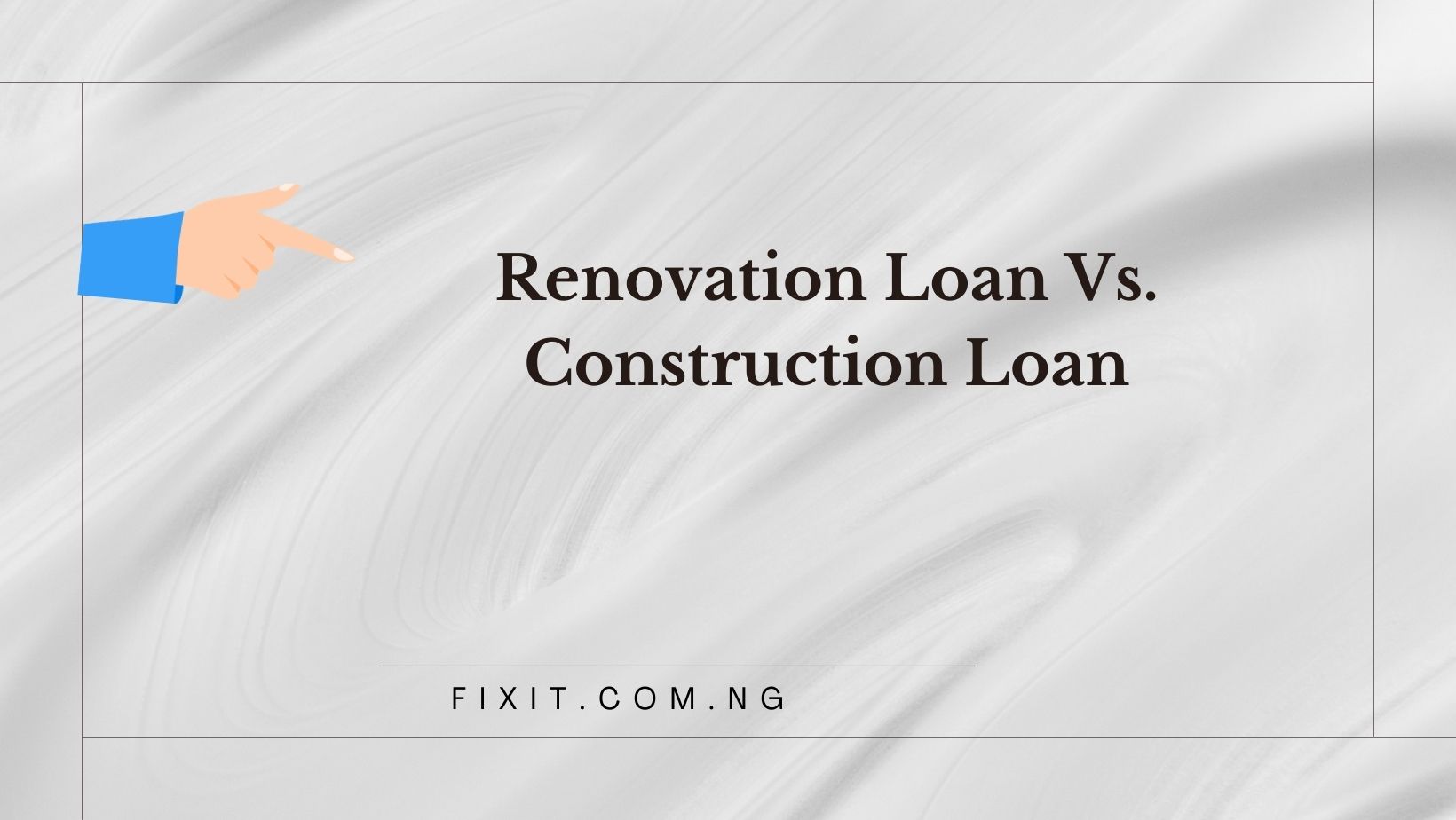Homeowners have several renovation loan options available to them. Deciding the appropriate one depends on a variety of factors, including timing and whether or not renovating will add value to their home.
Renovation projects often involve both time and money investment; some renovations are more affordable than others, however. At Great Midwest Bank Loan Office can assist in helping determine which loan option will work best for your particular renovation.
Home Equity Loan
Home equity financing is an attractive source of funding for many purposes, from home improvements and paying off your mortgage debt, to paying for renovation or remodeling projects. But home equity line of credit (HELOC) rates typically offer higher interest than conventional mortgages; when considering this funding source for such purposes as renovation or remodeling projects it is wise to keep these differences in mind.
Home equity loans provide homeowners with access to funds against the current value of their home’s equity. Also referred to as second mortgage loans, these can be used for any number of purposes, from home improvement projects and debt relief to business or wedding expenses. Furthermore, being secured against your property makes qualifying easier.
However, homeowners considering undertaking renovation or improvement projects may want to opt out of using home equity loans, as lenders will assess builders, budgets, and draw schedules before authorizing draws – this increases risk related to project delays or overruns as well as making immediate repayment more challenging than desired for those needing flexible payment terms – therefore construction loans may be preferable options in certain instances.
Home Equity Line of Credit (HELOC)
Experts agree that both home equity lines of credit (HELOCs) and construction loans can both provide funds for major renovation projects; however, each one’s design may make one more suitable than the other for you. When applying for an HELOC loan, lenders assess your existing mortgage as well as any equity built up over time to determine your eligibility; in addition to this criteria they also evaluate employment history, monthly income and debts like when first giving out mortgage loans.
HELOCs offer reduced closing costs, low (albeit variable) interest rates and the flexibility to use only part of your credit limit as needed. Furthermore, payments won’t start until your limit has been reached again.
Experts caution that HELOCs could be risky options if you plan to undertake an expansive home improvement project, like renovating your kitchen. Since your funds will come directly from the equity of your property, any sudden dip in property values could see you end up underwater with your payments, while any time you take money out in the future, principle payments must begin immediately; while with construction-to-permanent loans, funds will only disburse as you complete each stage.
Construction Loan
Construction loans are short-term financing solutions specifically tailored for home building. While it can also be used for renovating, only when using the appropriate contractor and plan. Construction loans usually carry higher fees and interest rates than alternative options dedicated to renovation financing, so these may end up costing borrowers more in total.
In order to qualify for a construction loan, typically 20 percent down is required, and your lender will want assurances that you’re working with an experienced builder who has handled similar projects before. Having detailed plans and project schedule can demonstrate this fact as well as demonstrate whether your chosen builder possesses the resources and track record needed to successfully execute on your vision and timelines.
Once your building project has come to completion, the final step should be converting your construction loan into a permanent mortgage loan. Depending on your lender, this may involve getting an appraisal or tax bill issued to assess current market value of your home and determine its new mortgage amount.
If you know exactly how much your renovation will cost, HELOANs may be an ideal way to fund smaller home improvement projects without breaking the bank. With flexible repayment terms based only on what is withdrawn from a HELOAN account, this solution makes HELOANS ideal for projects with either fixed budgets or long-term payments.
Renovation Loan
Renovation loans focus on updating an existing home by making upgrades such as installing new flooring, painting walls or even renovating kitchens. Renovation projects often serve to increase property values as a great investment for future enjoyment and resale purposes.
As with other loan products, renovation loan requirements depend on both your lender and type of project. Some may require credit score and income verification as prerequisites to determine eligibility, while others will evaluate your debt-to-income ratio and financial history in assessing risk. Furthermore, certain projects require permits and comply with building standards to ensure safety.
Homeowners seeking to finance renovation costs through mortgages should carefully consider this alternative method as one possible means of funding their project. While mortgages offer greater flexibility than traditional home renovation loans and could potentially lower overall loan costs as a result of their lower interest rates versus those for home renovation loans, it’s still wise to carefully evaluate this financing approach before making a final decision on this route to financing your renovation project.
Construction to Permanent (C2P) loans offer another solution for those building from scratch. With one single closing closing out both loans, these C2P loans combine construction loans and permanent mortgages into one convenient package and can help avoid having to refinance later.

